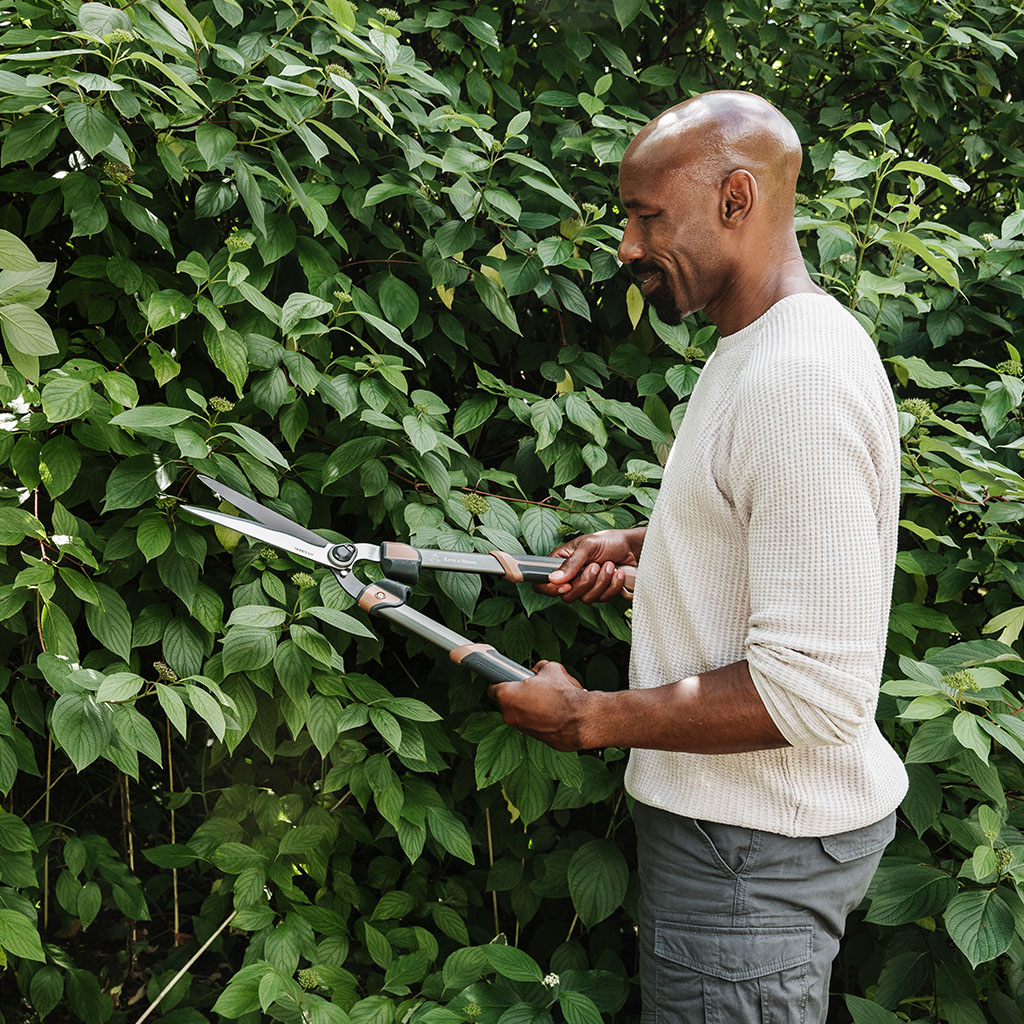Summer is a great time to get out in your garden and get those essential July gardening jobs done. July is one of the hottest months of the year, so keeping plants well-watered is key. It’s also a great time for harvesting fruit and veg, which can be eaten freshly picked from the garden.
Essential July Gardening Jobs
- Prune shrubs that have flowered
- Take cuttings from shrubs and alpine
- Deadhead annuals
- Water
- Trim hedges
- Sow veg seeds outdoors
- Harvest vegetables
- Prune trained fruit trees
- Pick fruits
Last chance to
- Feed roses
- Plant out leeks
Prune shrubs that have flowered
Now is the time to continue pruning shrubs that have finished flowering in spring and early summer. This not only helps maintain a tidy shape but also encourages healthy new growth and more abundant flowering next year.
After pruning, it’s important to give your plants the care they need to recover and thrive. Start by watering them well, especially during dry spells, to reduce stress. Then apply a layer of Westland Composted Bark or Bed & Border Chipped Bark to help retain moisture and suppress weeds.
To boost regrowth, feed your shrubs with Westland Growmore or Fish, Blood & Bone, both excellent general-purpose plant foods that will restore nutrients and support robust development.
With the right pruning and aftercare, your garden shrubs will stay healthy, lush, and full of colour year after year.
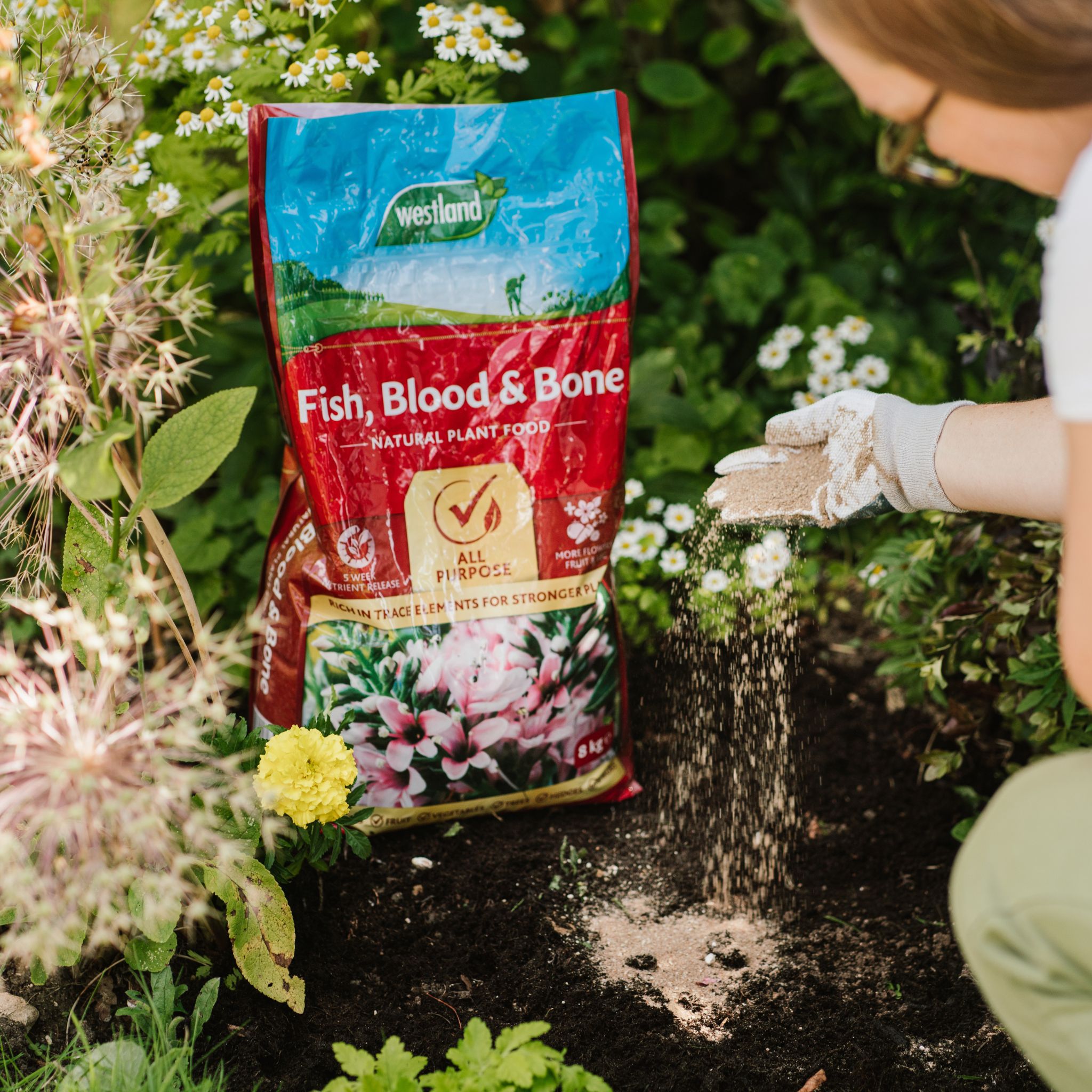
Water and feed
Growbags, containers, and pots need regular watering in this hot weather. In the hottest parts of the month, you may find yourself watering them every day. This is important so that they do not dry out. The best time to water is first thing in the morning or last thing at night, as these are the coolest parts of the day, so less of the water should be lost through evaporation. While watering, also remember to feed veg and flowers regularly using Boost All Purpose Liquid Plant Food for 4x more blooms, more fruit, and veg than watering alone.

Take cuttings from shrubs and alpines
July is a good time to take cuttings from shrubs and alpines. Take the cuttings from non-flowering shoots and place them around the edges of small pots that are filled with peat and perlite. Water the cuttings in and keep them warm but out of direct sunlight.
Deadhead annuals
To keep your annuals blooming beautifully throughout the season, it’s important to regularly remove spent flowers—a process known as deadheading. By trimming off faded blooms before they have a chance to set seed, you encourage the plant to redirect its energy into producing more flowers rather than going to seed.
This simple task can significantly extend the flowering period of popular annuals like petunias, zinnias, marigolds, and cosmos. Use clean, sharp secateurs or garden snips to cut just above the next healthy set of leaves or buds.
As a bonus, combine deadheading with a light feed using a liquid fertiliser like Westland Boost All Purpose Plant Food to promote continuous, vibrant blooms.
With a little routine care, your annuals will reward you with a stunning, long-lasting display of colour all summer long.
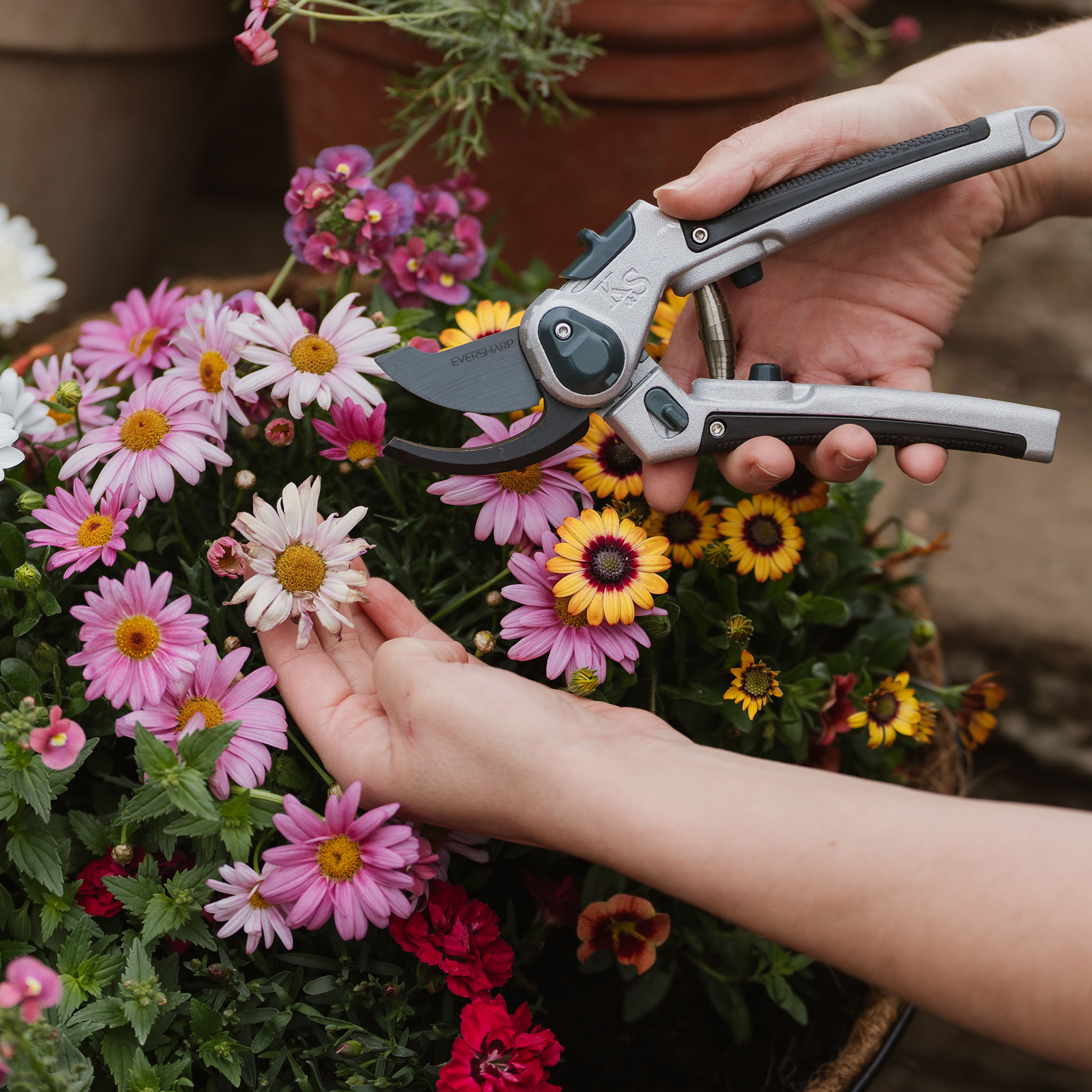
Trim hedges
July and August are key months to trim hedges such as Hawthorn, as birds will have stopped using them for nesting. Trimming them keeps them looking neat and restricts their growth. You can use shears, secateurs, or hedge trimmers depending on the size of the leaves. For example, with small-leafed shrubs such as privet, shears or hedge trimmers will work. However, for large-leafed shrubs such as holly, shears will be best.
Feed roses
It is a good idea to feed your roses in midsummer as this will help them produce a second flush of flowers. Westland Rose High Performance Liquid Plant food is a specially tailored feed that provides the essential nutrients that roses need to flourish. Whether your roses are in containers or in the ground, feed them weekly. This will help to prevent disease and for an abundance of stronger, healthier, more vibrant roses.
For any roses that have finished their first flush of flowers, trim them back before feeding. Roses need pruning because this encourages them to produce new shoots, since cutting back a branch helps the rose to produce a growth hormone. When cutting them, cut 5mm above an existing bud with gardening shears. Ensure the cut is angled away from the plant, as this prevents rainwater from collecting and causing disease as a result. Read our guide on how to prune roses.
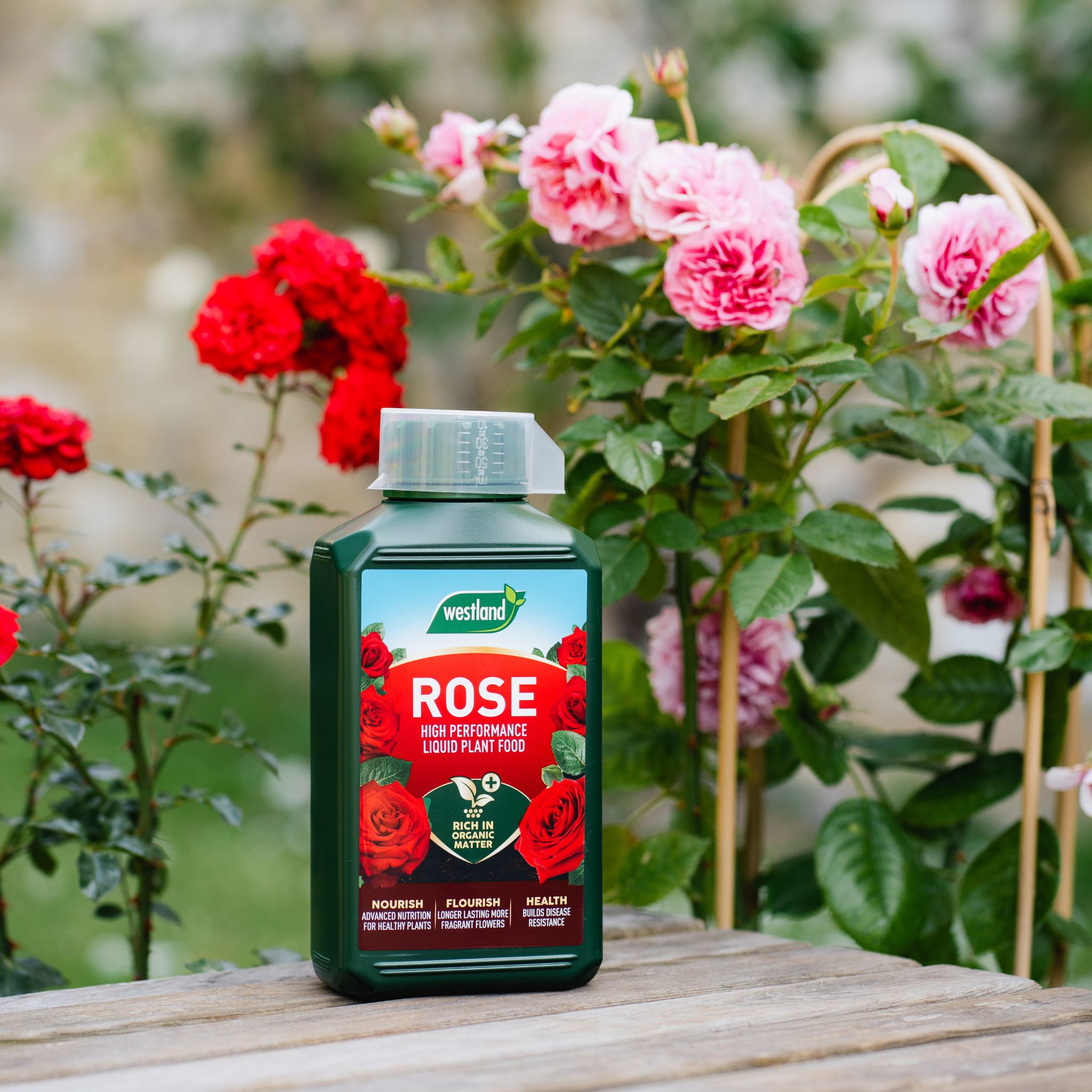
Kitchen garden
Continue to plant out leeks
The leek seeds that you have started off indoors can continue to be planted out in the veg beds.
Sow veg seeds outdoors
Crops can continue to be sown outdoors. July is the time to sow French beans, spring cabbage, and any other quick crops such as lettuce, spring onion, and salad leaves. Ensure you keep the seedlings watered as the warm weather will mean the seeds will germinate quicker and grow into veg plants in a shorter time.
Harvest vegetables
As soon as vegetables are large enough, they can be harvested for you to enjoy. For carrots, a size of 1cm across the top is classed as large enough. For beetroo,t as long as they are 2.5cm across the top, they are ready to be harvested. Once courgettes have reached 15cm long, they can be picked. When harvesting vegetables, try not to disturb neighbouring roots.
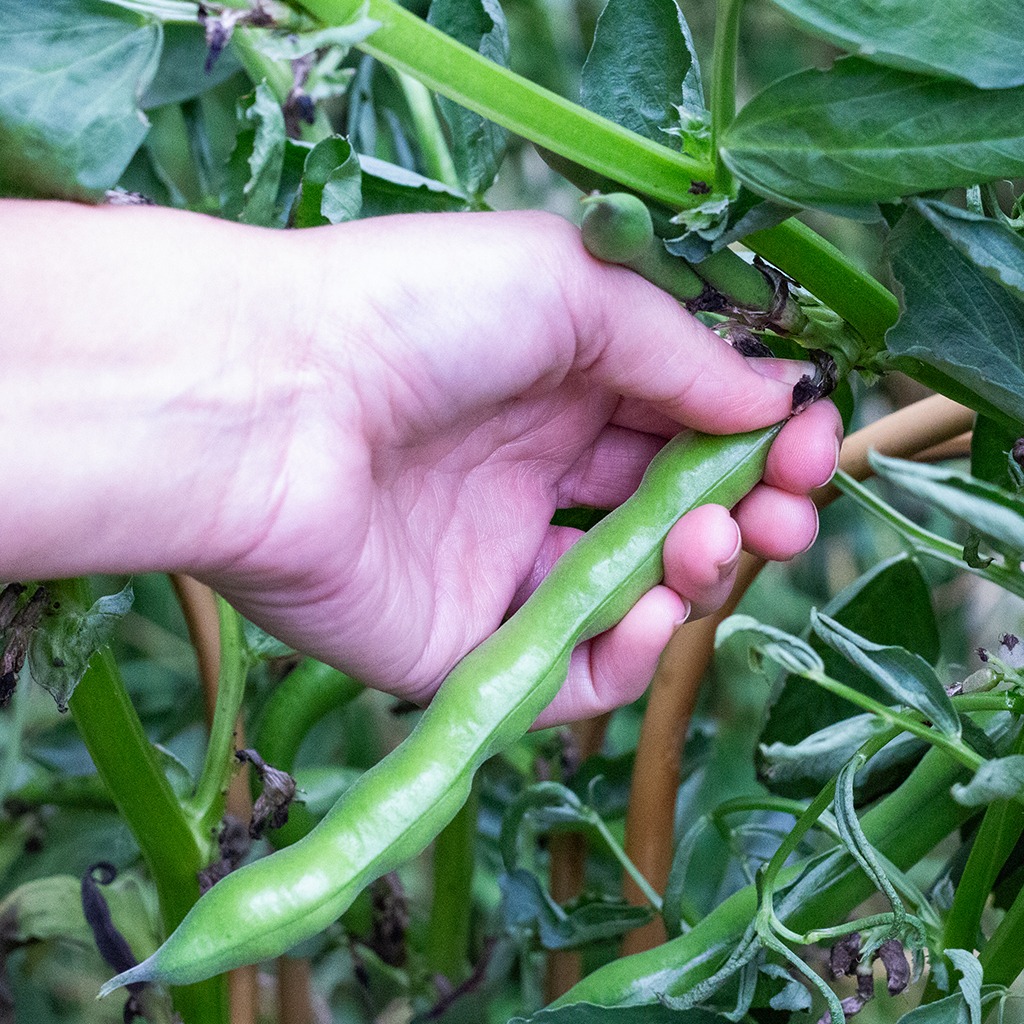
Prune trained fruit trees
Trained fruit trees, such as cordons, fans, dwarf pyramids, and espaliers, should be trimmed of any unwanted shoots this month.
Pick fruits
Blackberries, early plums, gooseberries, raspberries, and blueberries should all be ready to pick now. As soon as these fruits become ripe, pick them so that pests do not take advantage of the fruit. Harvest regularly to encourage more flowers and fruits.
Lawns
Other essential gardening jobs for July include taking good care of your lawn during hot, dry weather. Mow the lawn at least once a week to keep it looking tidy and healthy, and consider leaving the grass clippings in place as they act as a natural mulch, helping to retain moisture in the soil.
Keep an eye out for weeds, which compete with grass for water and nutrients. A corkscrew weeder is perfect for lawns, allowing you to remove weeds cleanly by the root without damaging the surrounding grass.
To keep your lawn lush, green, and vibrant, feed it with Westland Ultra Green for a lawn that’s made for summer entertaining. Its expertly balanced formula works from the roots up, strengthening your grass and delivering deep greening results in just three days. With added Iron and Magnesium, your lawn will look rich and healthy, creating the ideal backdrop for barbecues, garden games, or relaxing with friends. Not only does it help your lawn stand up to wear and tear, but it also improves resilience against moss, all without the risk of scorching or rapid overgrowth.
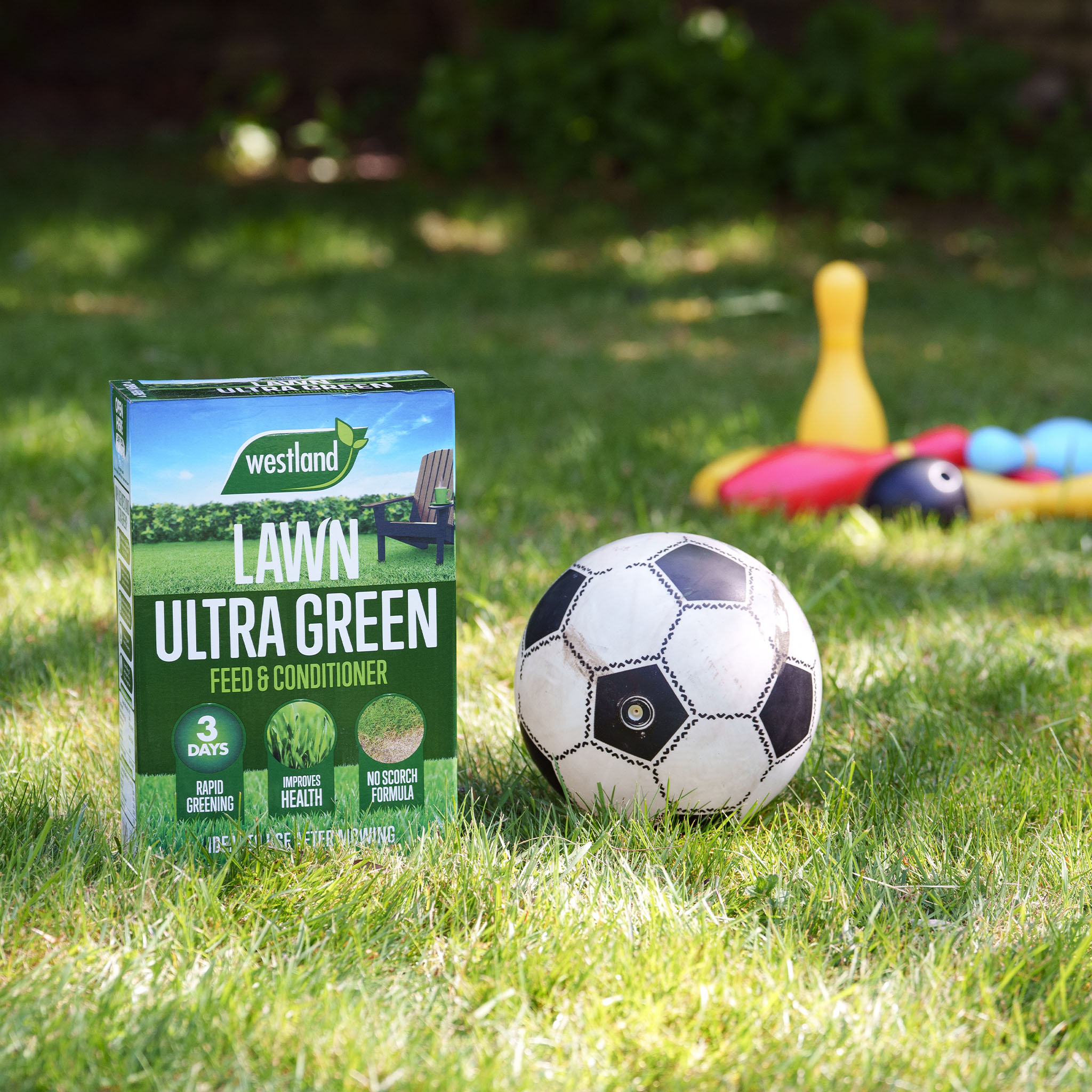
Houseplants
With the warm months upon us, don’t forget to water houseplants! Plants in sunny, south-facing rooms are likely to need watering more often than those in shady, north-facing parts of the house. If the surface appears dry, press your finger into the compost to check it’s not still moist deeper down (or lift the pot – it’ll feel lighter than normal if the compost is dry). Remember to apply Westland Houseplant Feed every second watering throughout summer for rich leaf colour and healthy indoor plants.
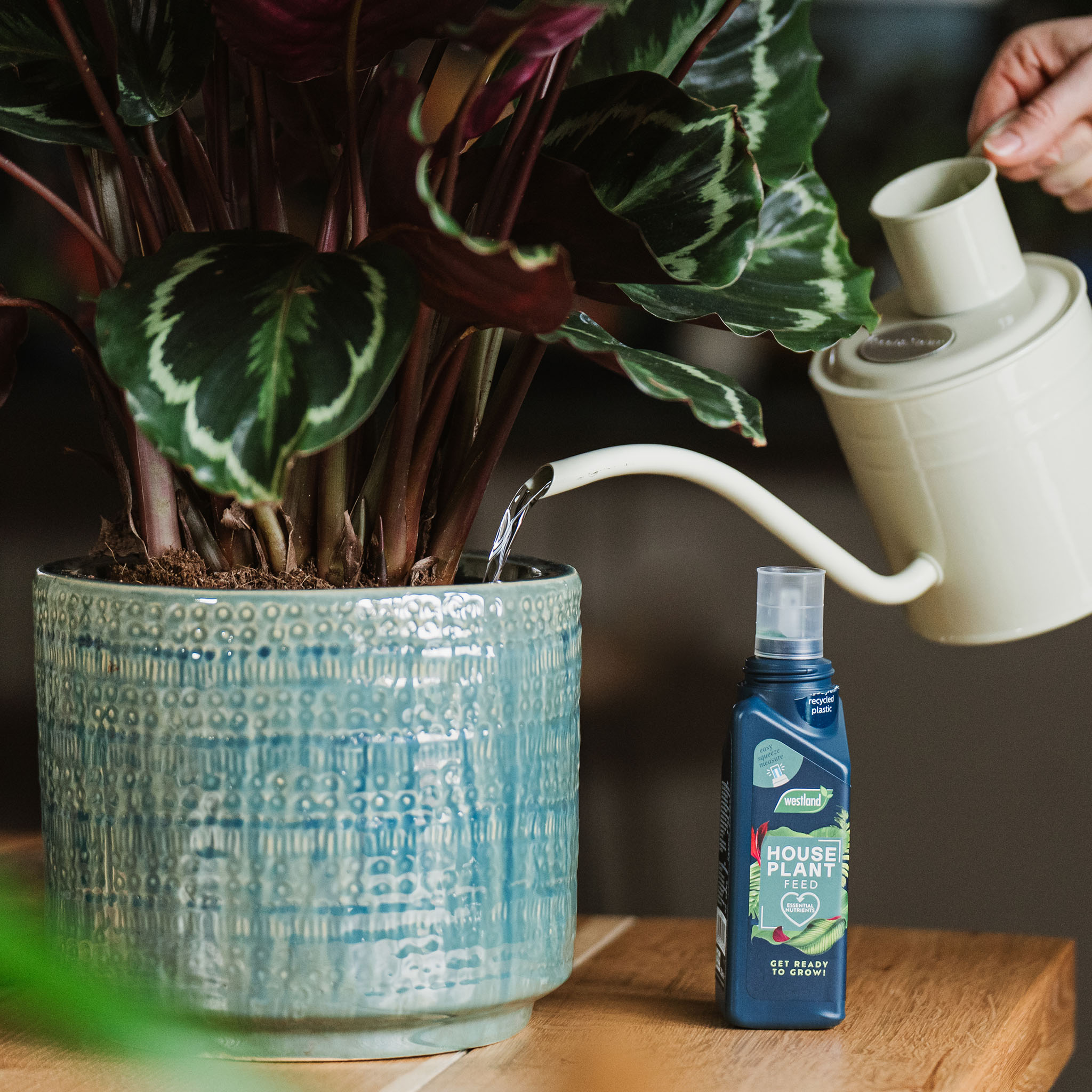
Find more top tips to keep your indoor jungle thriving here


